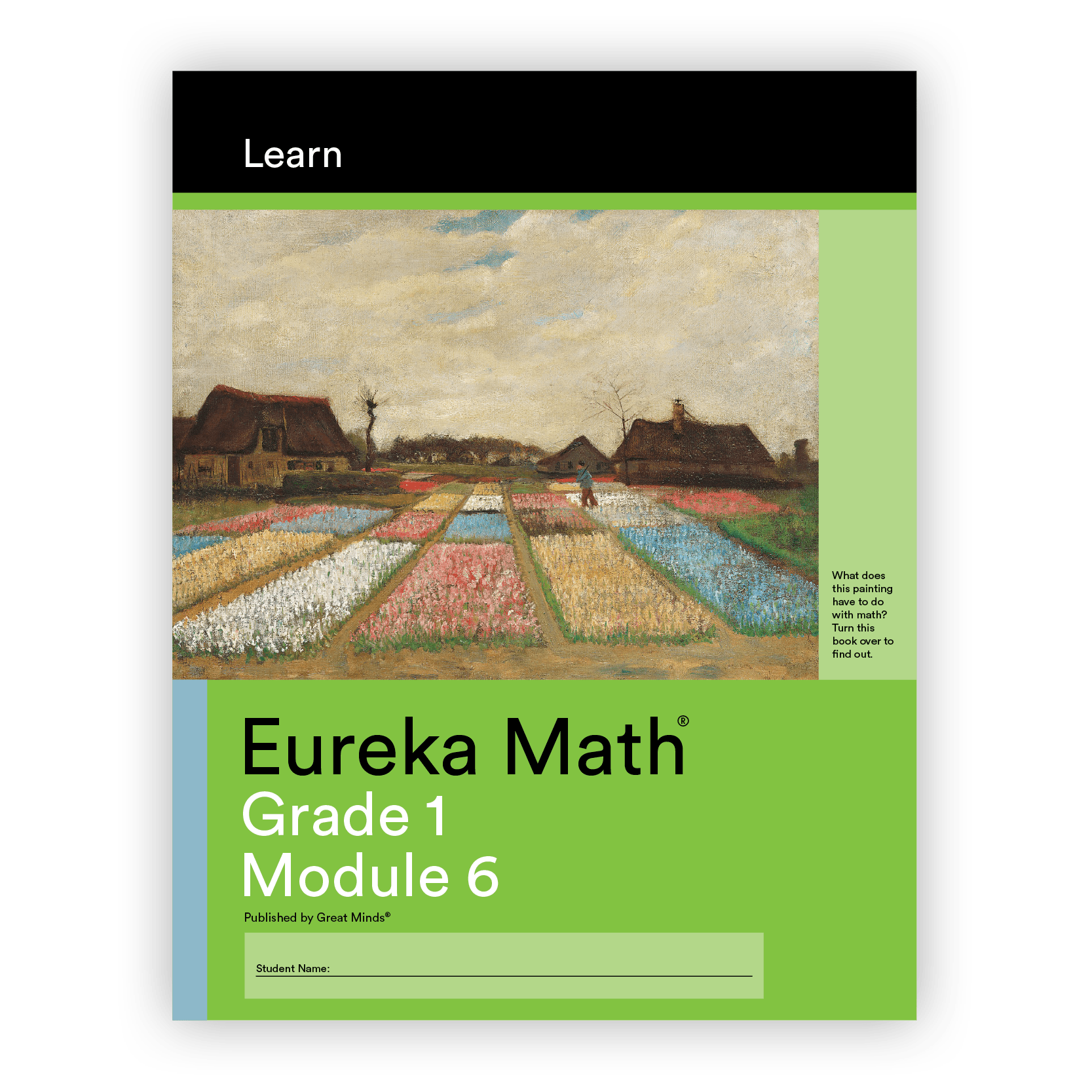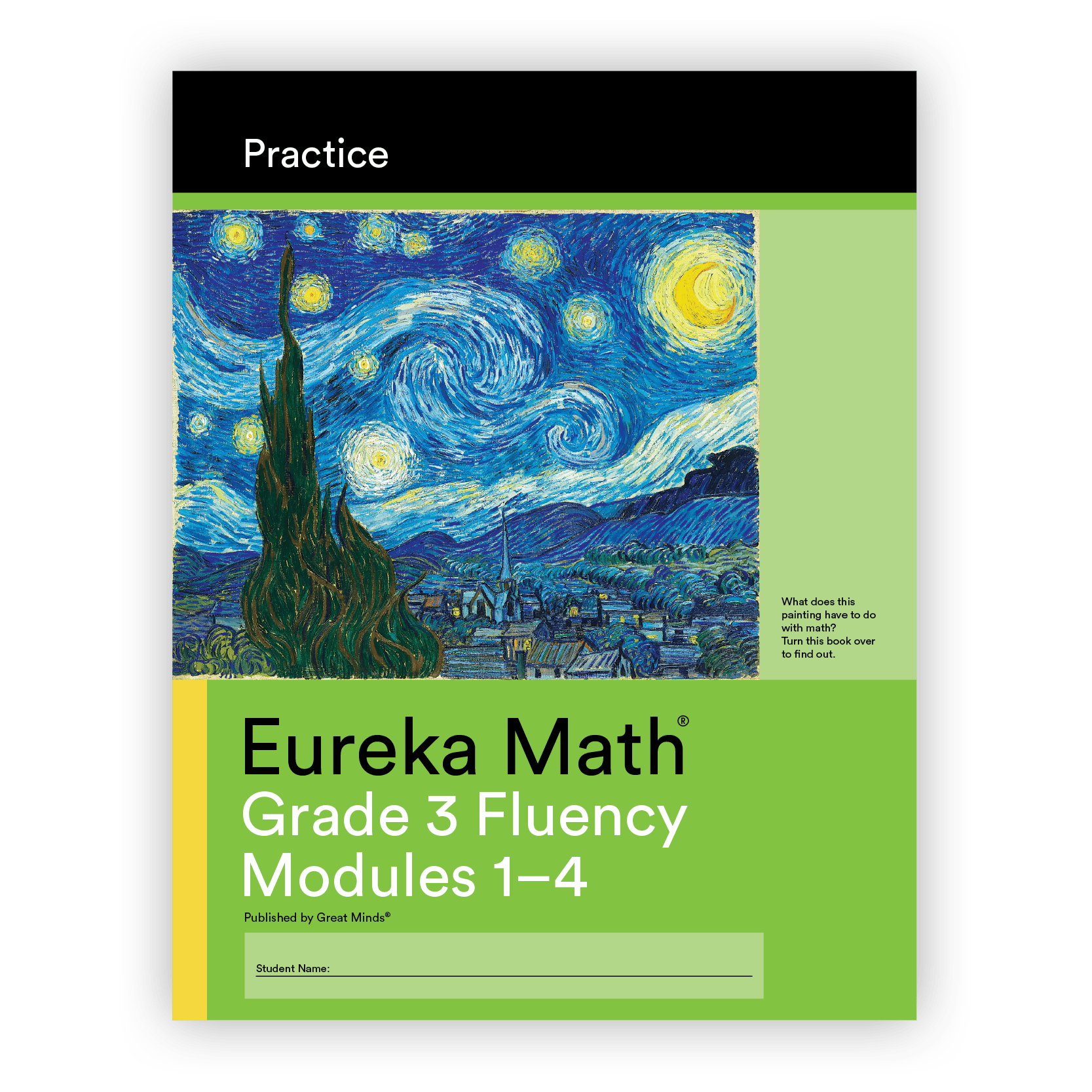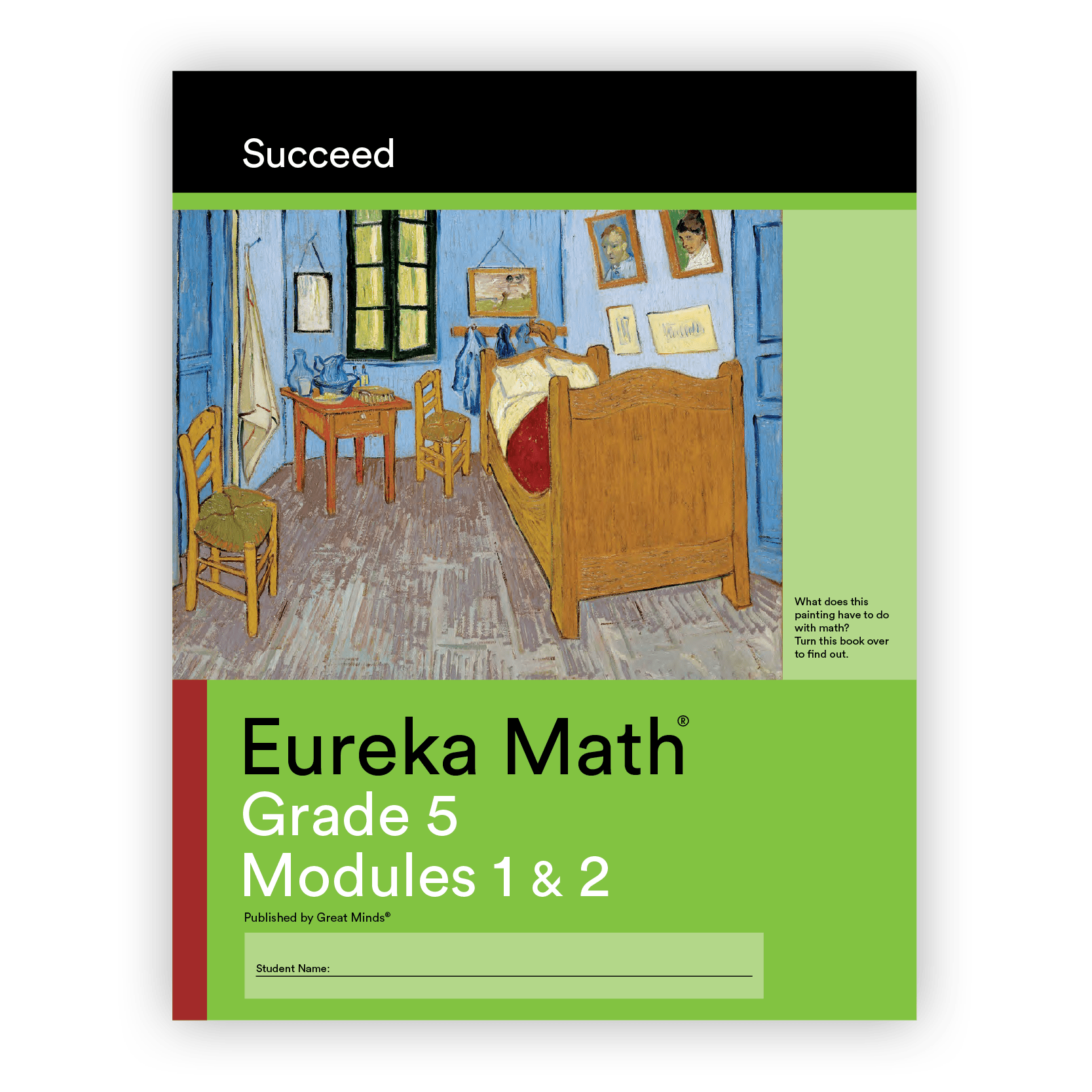
Learn, Practice, and Succeed from Eureka Math™ offer teachers multiple ways to differentiate instruction, provide extra practice, and assess student learning. These versatile companions to A Story of Units® (Grades K–5) guide teachers in response to intervention (RTI), provide extra practice, and inform instruction.
Also available for Grades 6–8.
Learn, Practice, Succeed can be purchased all together or bundled in any configuration. Contact your account solutions manager for more information and pricing.

The Learn book serves as a student’s in-class companion where they show their thinking, share what they know, and watch their knowledge build every day!
Application Problems: Problem solving in a real-world context is a daily part of Eureka Math, building student confidence and perseverance as students apply their knowledge in new and varied ways.
Problem Sets: A carefully sequenced Problem Set provides an in-class opportunity for independent work, with multiple entry points for differentiation.
Exit Tickets: These exercises check student understanding, providing the teacher with immediate, valuable evidence of the efficacy of that day’s instruction and informing next steps.
Templates: Learn includes templates for the pictures, reusable models, and data sets that students need for Eureka Math activities.


With Practice , students build competence in newly acquired skills and reinforce previously learned skills in preparation for tomorrow’s lesson. Together, Learn and Practice provide all the print materials a student uses for their core instruction.
Eureka Math contains multiple daily opportunities to build fluency in mathematics . Each is designed with the same notion—growing every student’s ability to use mathematics with ease . Fluency experiences are generally fast-paced and energetic, celebrating improvement and focusing on recognizing patterns and connections within the material.
Eureka Math fluency activities provide differentiated practice through a variety of formats—some are conducted orally, some use manipulatives, others use a personal whiteboard, or a handout and paper-and-pencil format.
Sprints: Sprint fluency activities in Eureka Math Practice build speed and accuracy with already acquired skills. Used when students are nearing optimum proficiency, Sprints leverage tempo to build a low-stakes adrenaline boost that increases memory and recall. Their intentional design makes Sprints inherently differentiated – the problems build from simple to complex, with the first quadrant of problems being the simplest, and each subsequent quadrant adding complexity.


Eureka Math Succeed enables students to work individually toward mastery. Teachers and tutors can use Succeed books from prior grade levels as curriculum-consistent tools for filling gaps in foundational knowledge. Students will thrive and progress more quickly, as familiar models facilitate connections to their current, grade-level content.
Additional Problem Sets: Ideal for Homework or extra practice, these additional problem sets align lesson-by-lesson with what is happening in the classroom. These problems are sequenced from simple-to-complex to naturally scaffold student practice. They align with Eureka Math and use the curriculum’s mathematical models and language, ensuring that students feel the connections and relevance to their daily instruction, whether they are working on foundational skills or getting extra practice on the current topic.
Homework Helpers: Each problem set is accompanied by a Homework Helper, a set of worked examples that illustrate how similar problems are solved. The examples, viewed side by side with the homework, support students as they reinforce the day’s learning. Homework Helpers are also a great way to keep parents informed about math class.


Bundle options are available for all of our materials (print, digital, PD, etc.). Prices vary by grade and size of class set. Certain grade-levels do not include all packets due to the nature of the grade-level content. Student workbooks are available in class sets of 20, 25, and 30. Prices vary by size of class set .